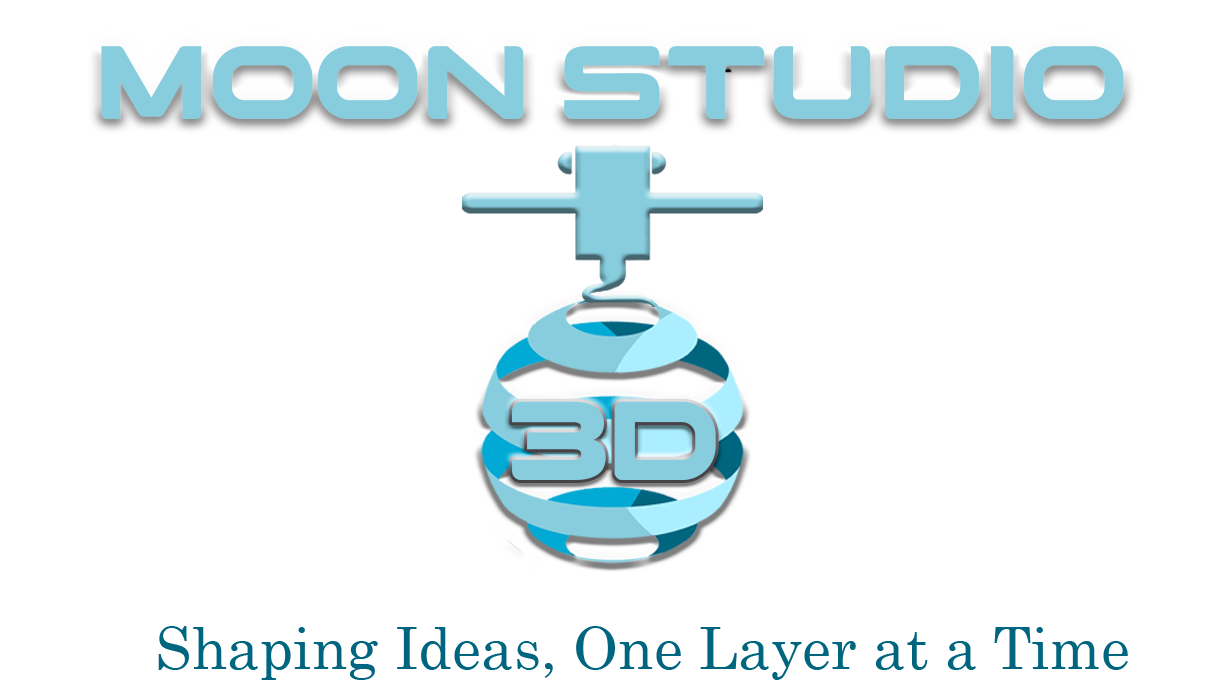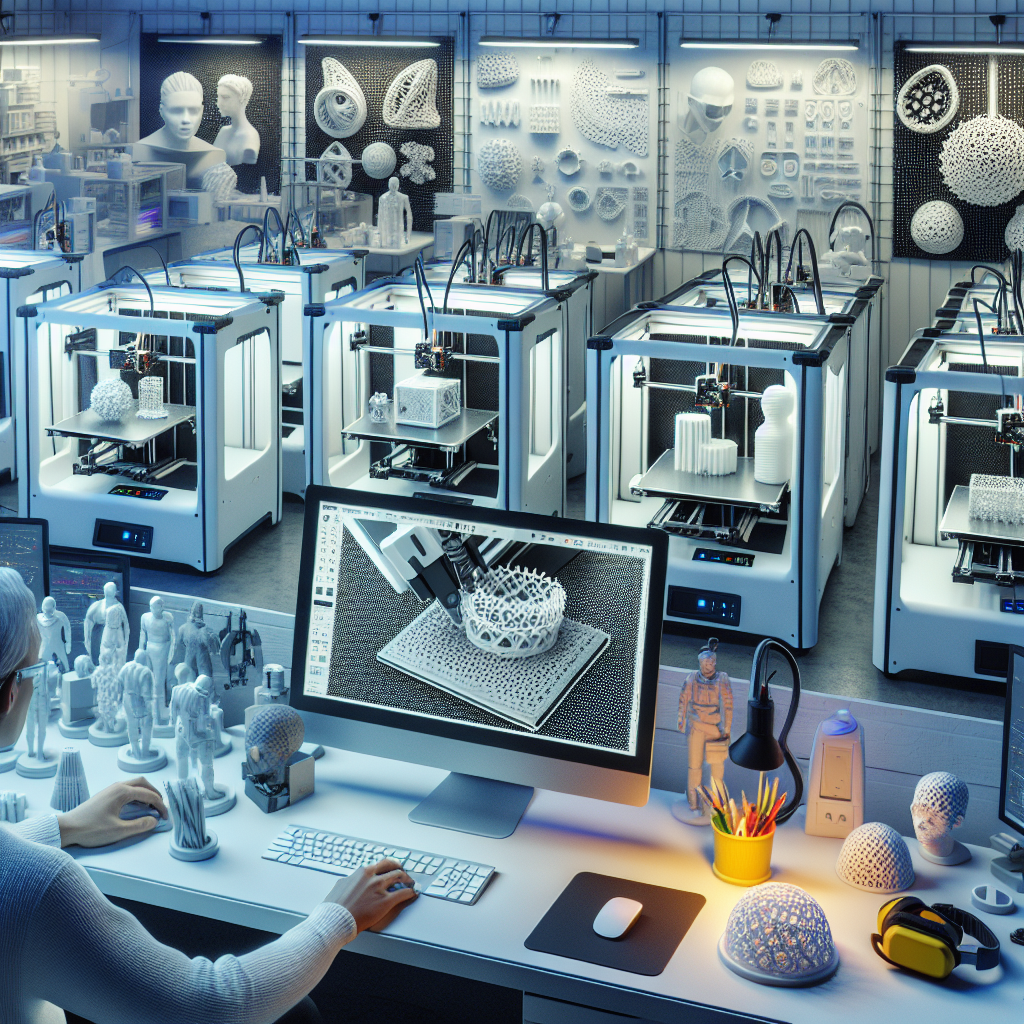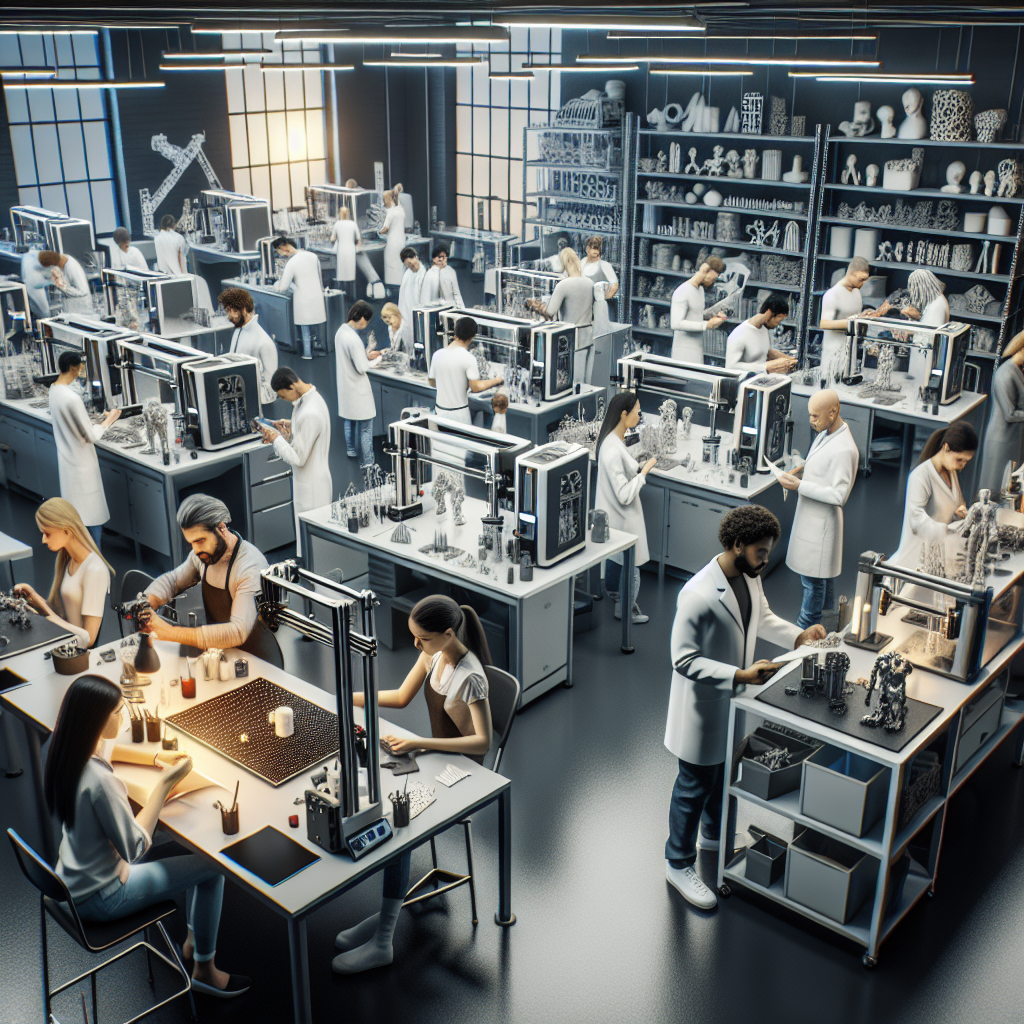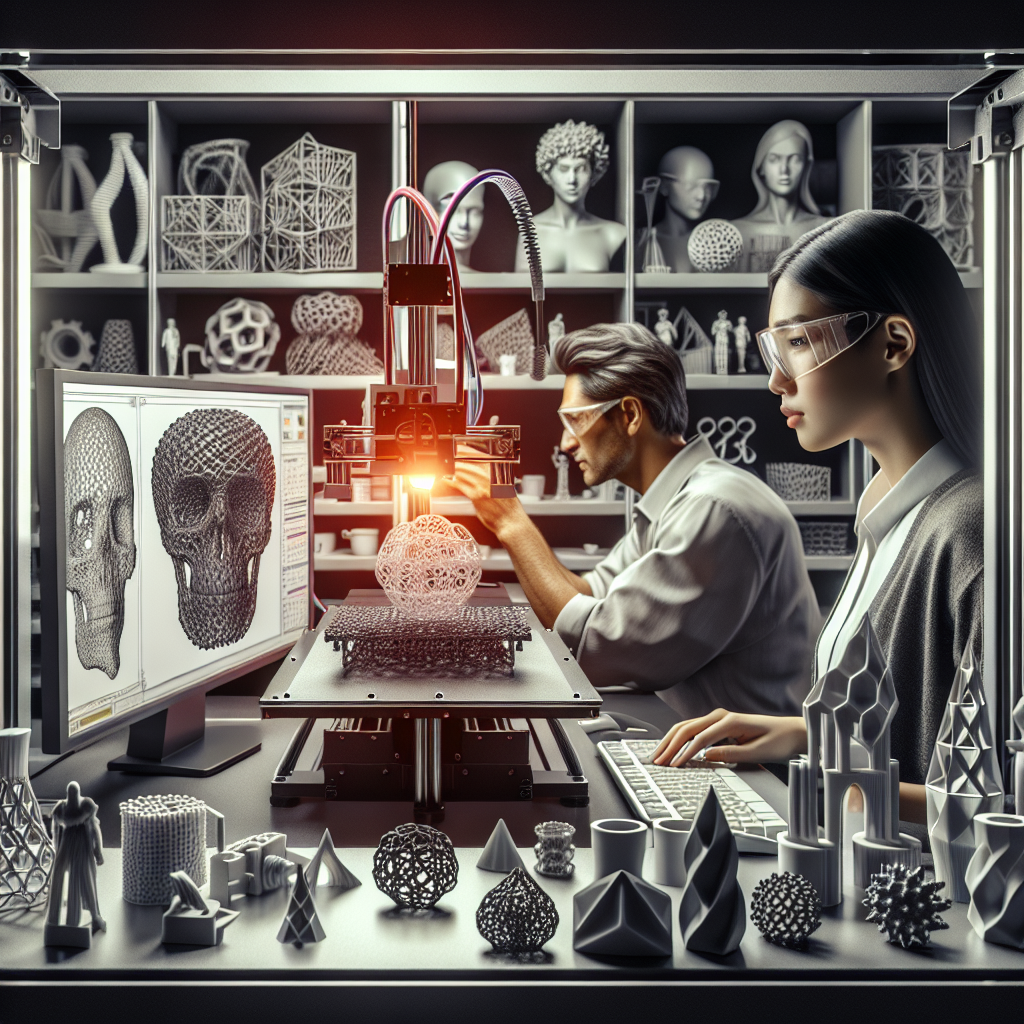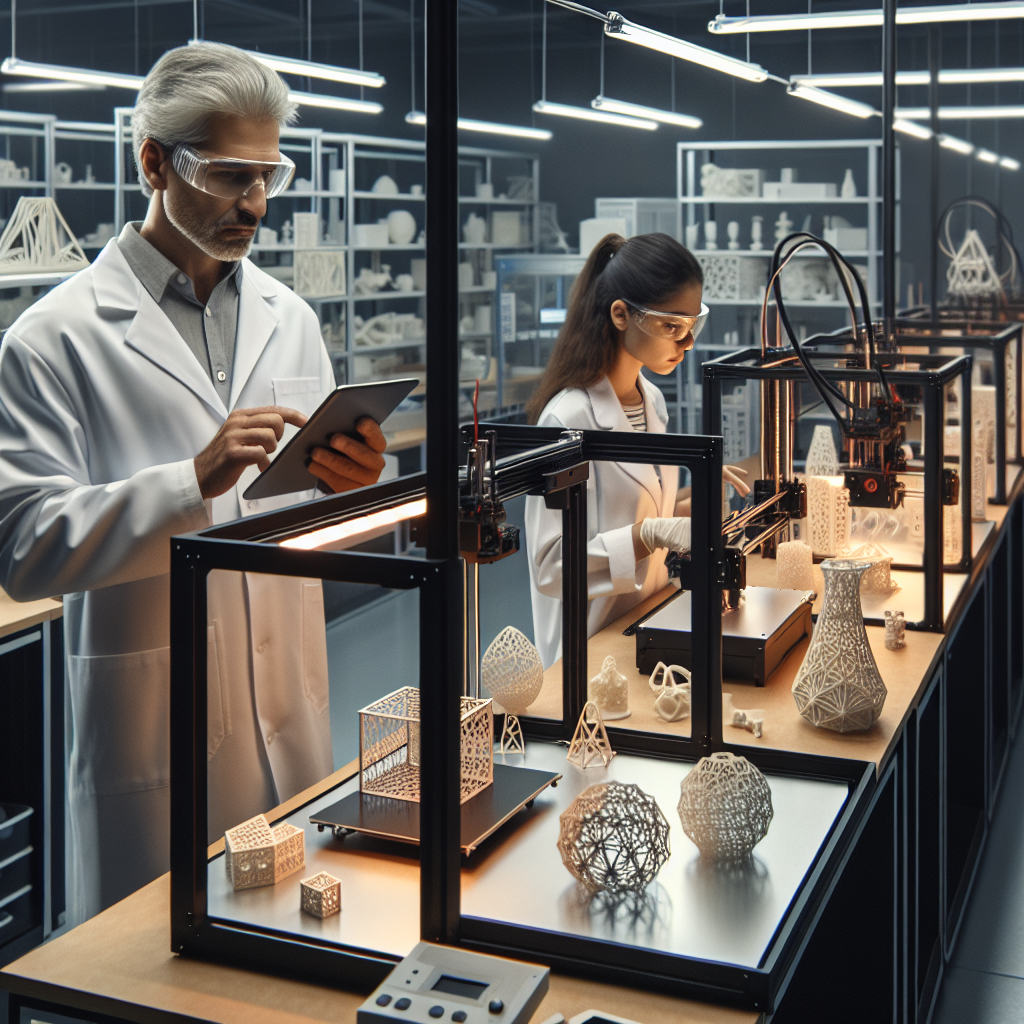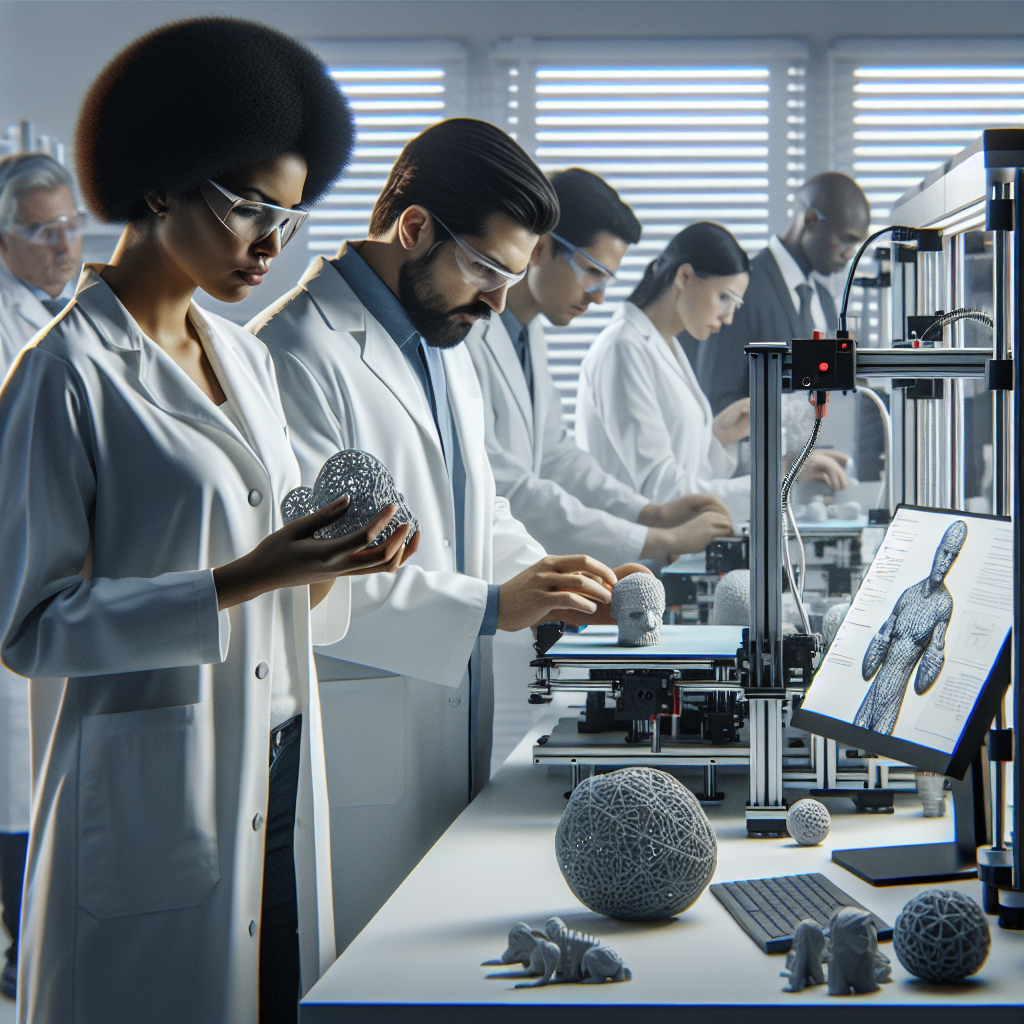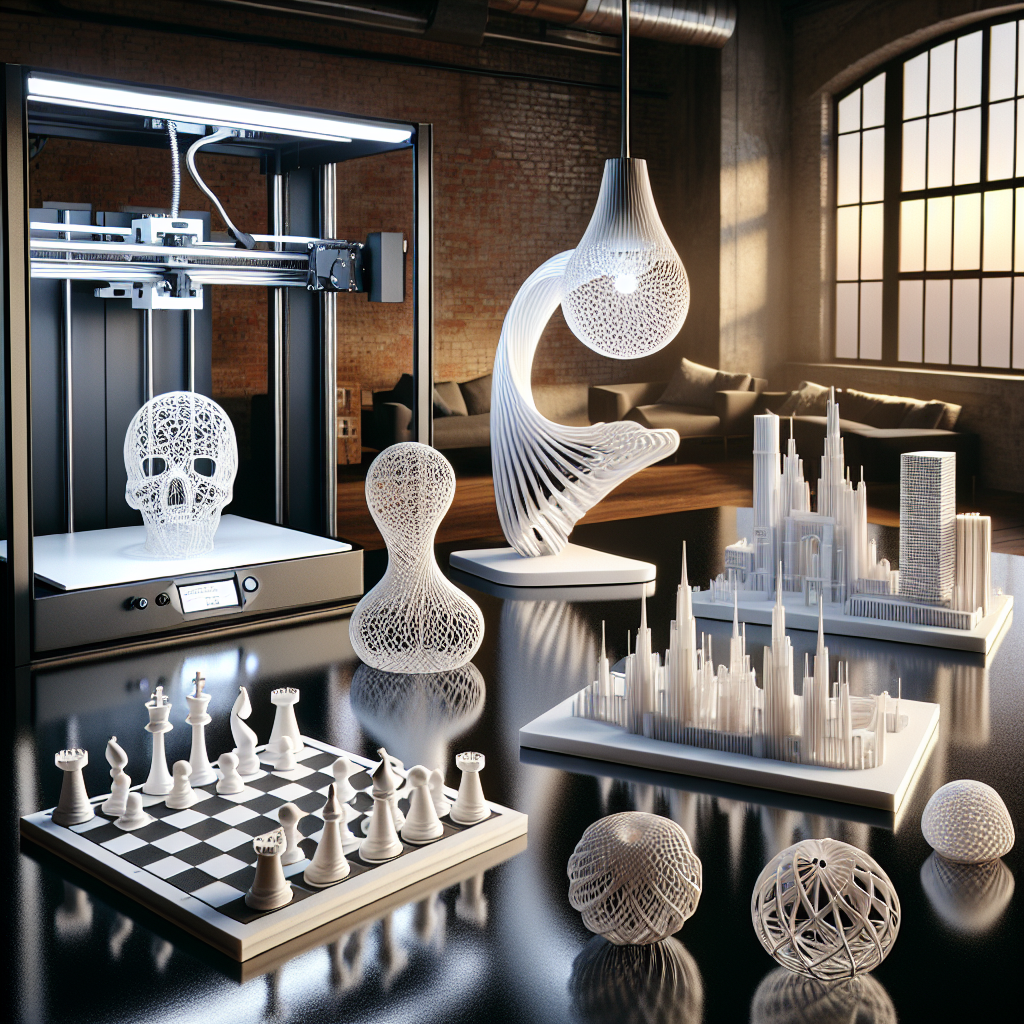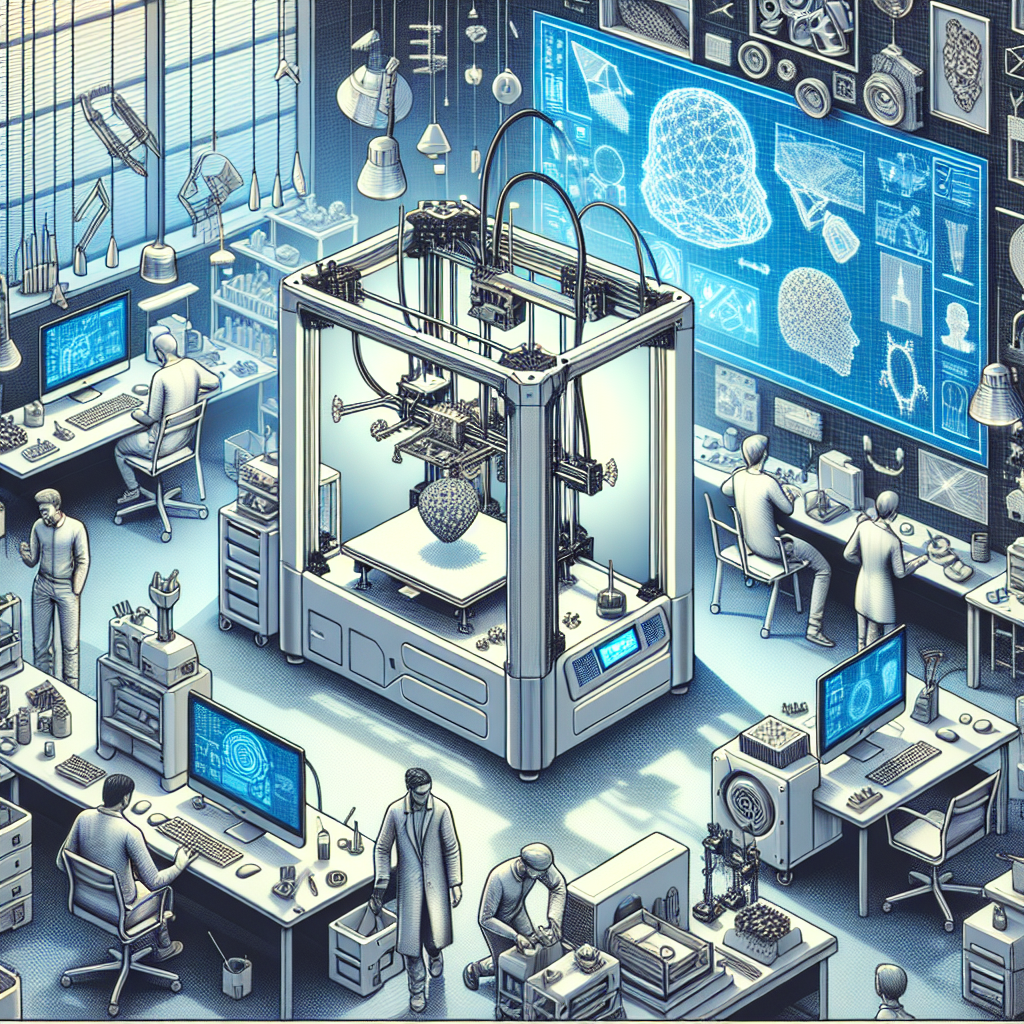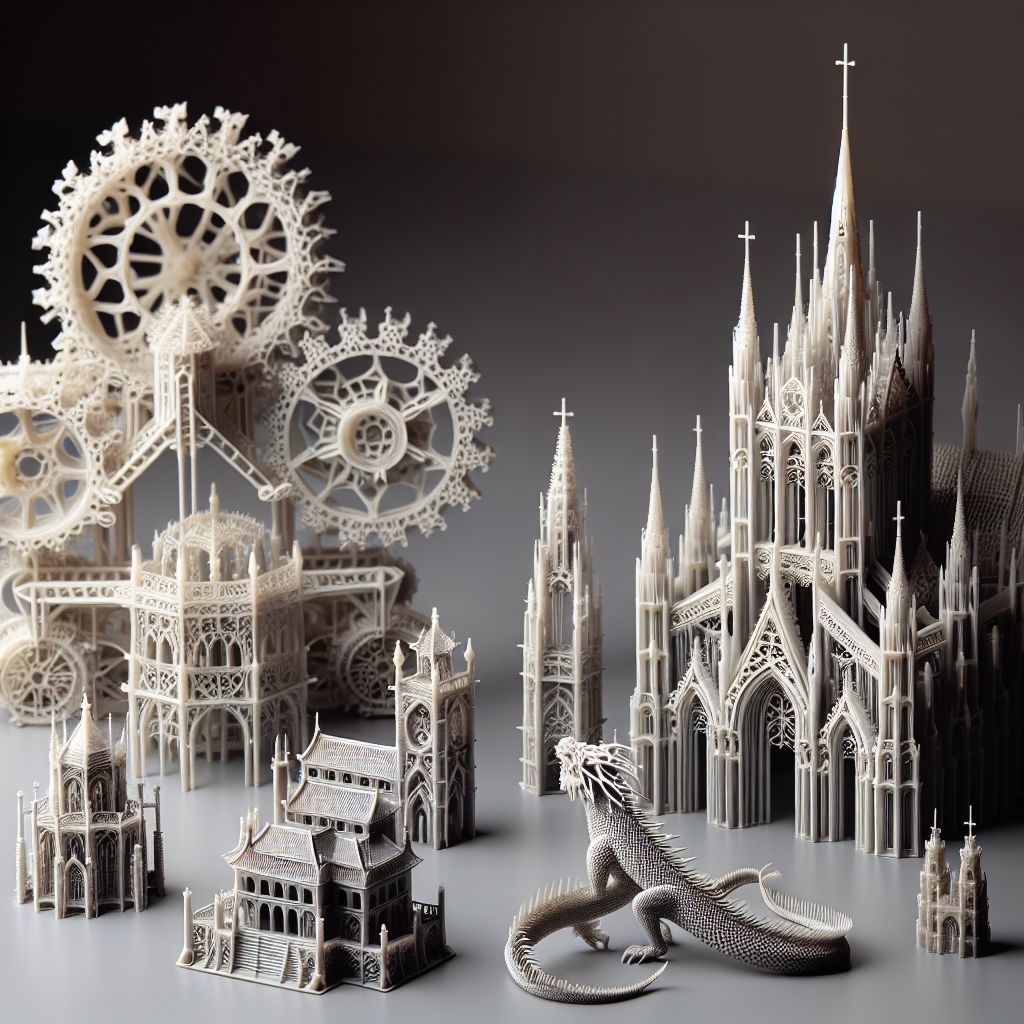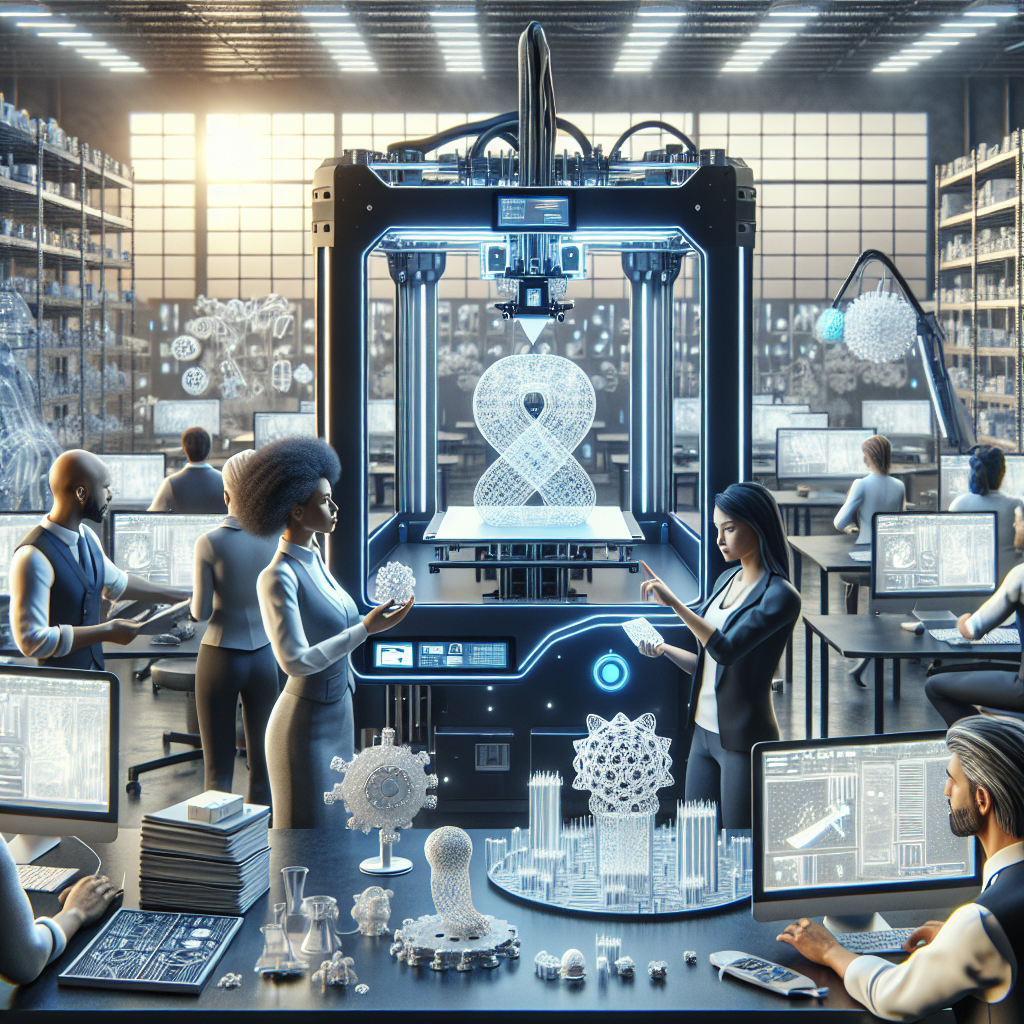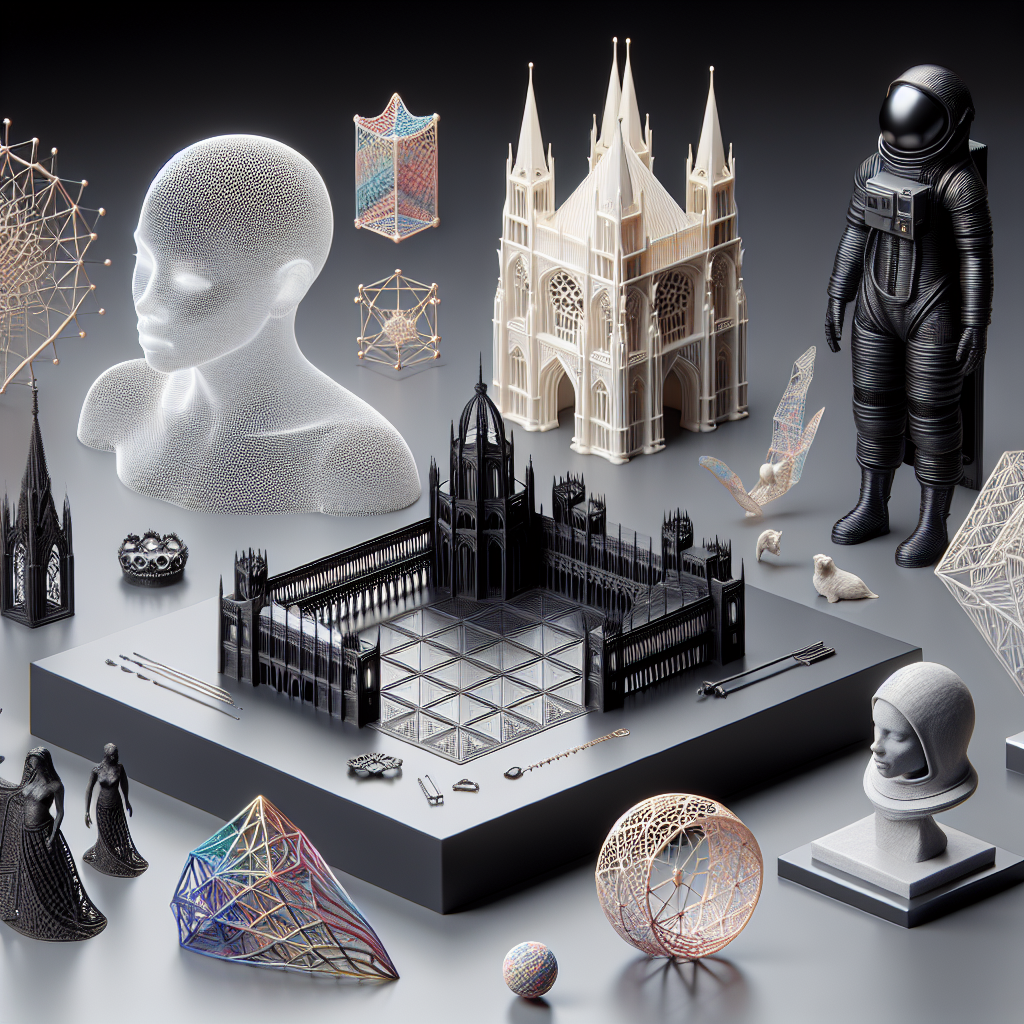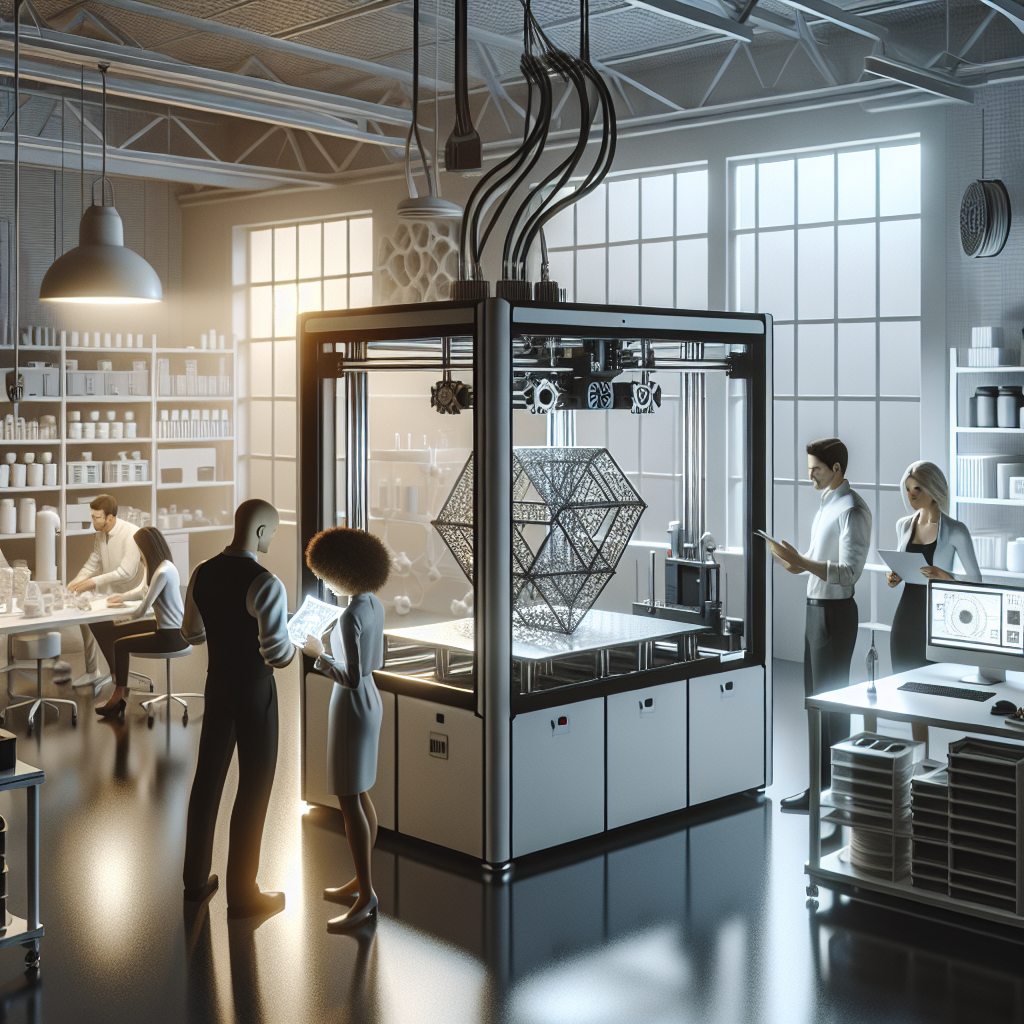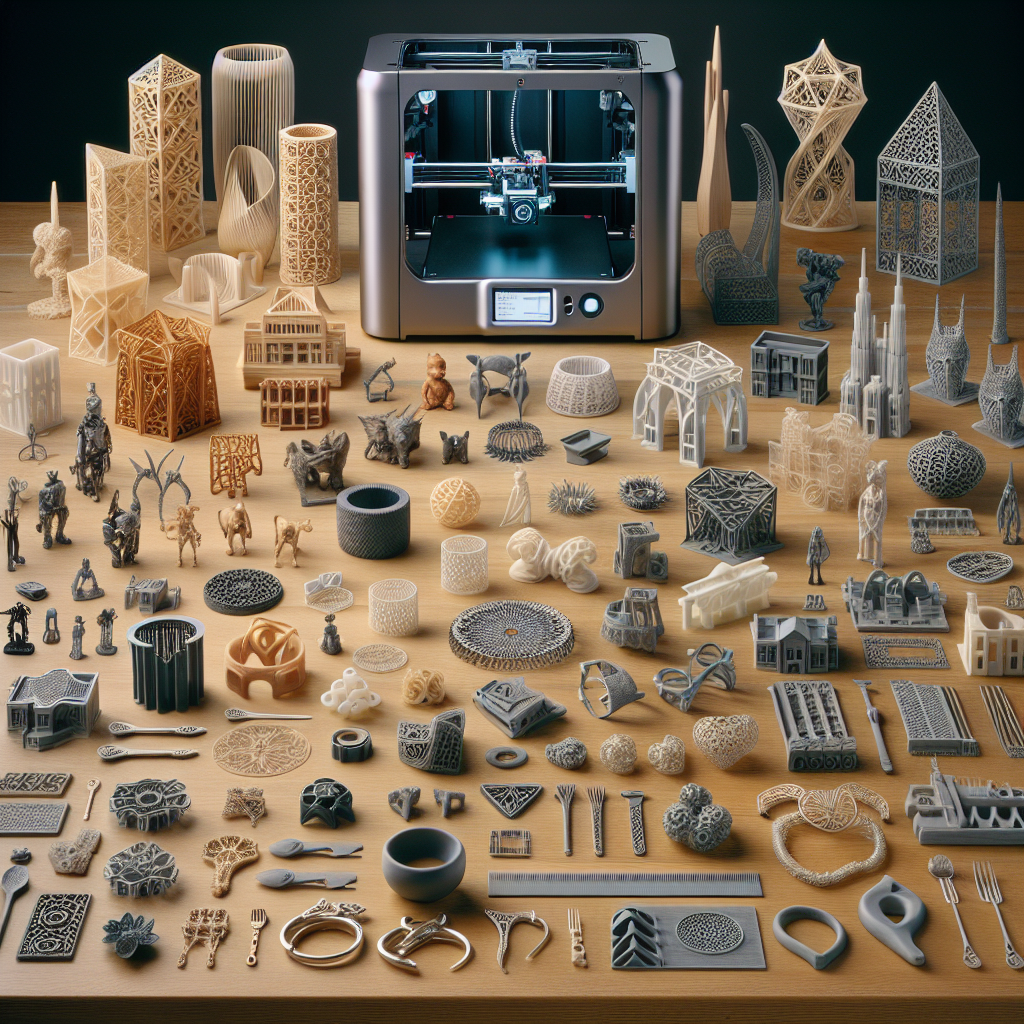The realm of consumer products is undergoing a significant transformation, driven by advancements in 3D printing technology. Historically, mass production has dominated the market, often at the expense of personalization and individual preferences. However, as 3D printing becomes more advanced and accessible, the possibilities for creating custom products are expanding exponentially. This revolution is not just reshaping the manufacturing process but also redefining the consumer experience when it comes to personalized perfection.
The Rise of 3D Printing
3D printing, also known as additive manufacturing, involves layering materials to create three-dimensional objects from a digital file. Initially, the technology was primarily used for rapid prototyping in industries such as aerospace and automotive. However, the scope of 3D printing has expanded dramatically in recent years, making it a game-changer for creating custom-designed products.
3D printing is revolutionizing the creation of intricate and personalized items across various sectors, including fashion, healthcare, and home decor. Now, businesses and consumers alike can produce bespoke products that cater precisely to individual tastes and requirements. This capability is opening up new possibilities for consumer engagement and personalized product offerings.
Custom Products and Consumer Trends
In today’s marketplace, consumer demand is shifting towards personalized experiences and products. The ability to create one-of-a-kind items that reflect personal tastes and preferences is more valuable than ever. This is particularly evident in industries like fashion and home decor, where individuality and unique design are highly prized.
For instance, custom jewelry has become increasingly popular, with 3D printing enabling jewelers to design and produce intricate pieces that would be challenging with traditional methods. Similarly, customized home decor items, such as lamps and art pieces, are becoming more accessible to consumers, thanks to the flexibility and precision of 3D printing.
Innovations in 3D Printed Products
Fashion and Accessories
3D printing in the fashion industry is breaking new ground with its ability to produce custom clothing and accessories. Designers can now create tailored clothing and intricate accessories that align with the individual’s style and fit preferences. Faster prototyping processes also allow for the rapid iteration of designs, leading to more innovative and personalized products.
Furthermore, 3D printed shoes that are made to fit the exact contours of an individual’s foot offer unprecedented comfort and style. Customizable designs give consumers the flexibility to choose colors, patterns, and materials, making each product unique to the wearer.
Healthcare and Prosthetics
In the healthcare field, 3D printing is transforming the way personalized products are made, significantly impacting prosthetics and orthotics. Custom-fitted prosthetics designed to suit an individual’s anatomy are now being produced quickly and affordably. This personalization enhances comfort, functionality, and patient satisfaction.
Orthotics is another area where 3D printing offers remarkable benefits. Custom foot insoles and braces that conform perfectly to the user’s physiology are becoming more common, promoting better ergonomics and recovery processes.
Home Decor and Furniture
Home decor is another sector poised for transformation through 3D printing. Custom-made furniture, lighting fixtures, and decorative items are now possible, allowing homeowners to express their unique tastes and design visions. The ability to choose specific designs, colors, and materials means that each piece can be tailor-made to complement a particular space or theme.
For those interested in interior design, 3D printed home decor items offer a way to experiment with innovative shapes and structural designs that traditional methods cannot easily achieve. These bespoke pieces can turn any living space into a reflection of personal style and creativity.
Beyond Personalization: Environmental Impact
A significant advantage of 3D printing is its potential to positively impact the environment. Traditional manufacturing processes often result in significant material wastage. In contrast, 3D printing uses precise amounts of material, minimizing waste and often utilizing recyclable materials. The ability to produce items on demand also reduces the need for large-scale production and storage, further decreasing environmental impact.
Conclusion
The capability of 3D printing technology to transform the creation of custom products is nothing short of revolutionary. From fashion to healthcare and home decor, the scope for personalization that 3D printing offers is limitless, marking a significant shift from mass production to mass customization.
As businesses and consumers continue to embrace this technology, the future holds exciting possibilities for further innovation in custom products. Whether it is enhancing comfort through tailored prosthetics, creating personalized fashion items that reflect individual style, or adding unique decor to homes, 3D printing is paving the way for an era of personalized perfection.
For those looking to explore the possibilities of 3D printing further, Moon Studio 3D provides insights into various innovative 3D product ideas. Browse their website for a deeper exploration into the fascinating world of 3D printing and its applications across different industries.
As technology advances, we can anticipate that the options for customizing products with 3D printing will only continue to grow, cementing its role as a cornerstone of modern manufacturing.
By leveraging the insights and innovations discussed, businesses can stay ahead in an increasingly personalized and environmentally conscious consumer market. Likewise, consumers will enjoy unprecedented opportunities to create products that truly resonate with their personal preferences and needs.
